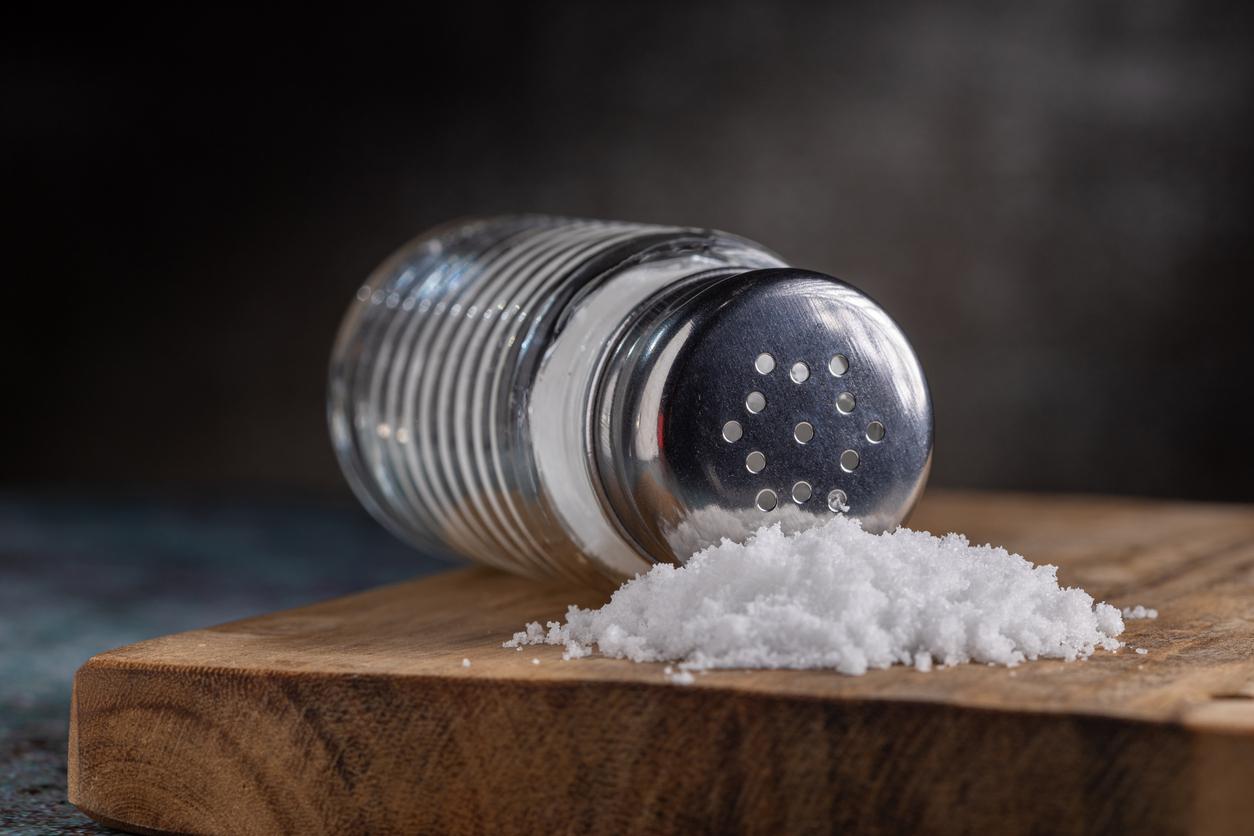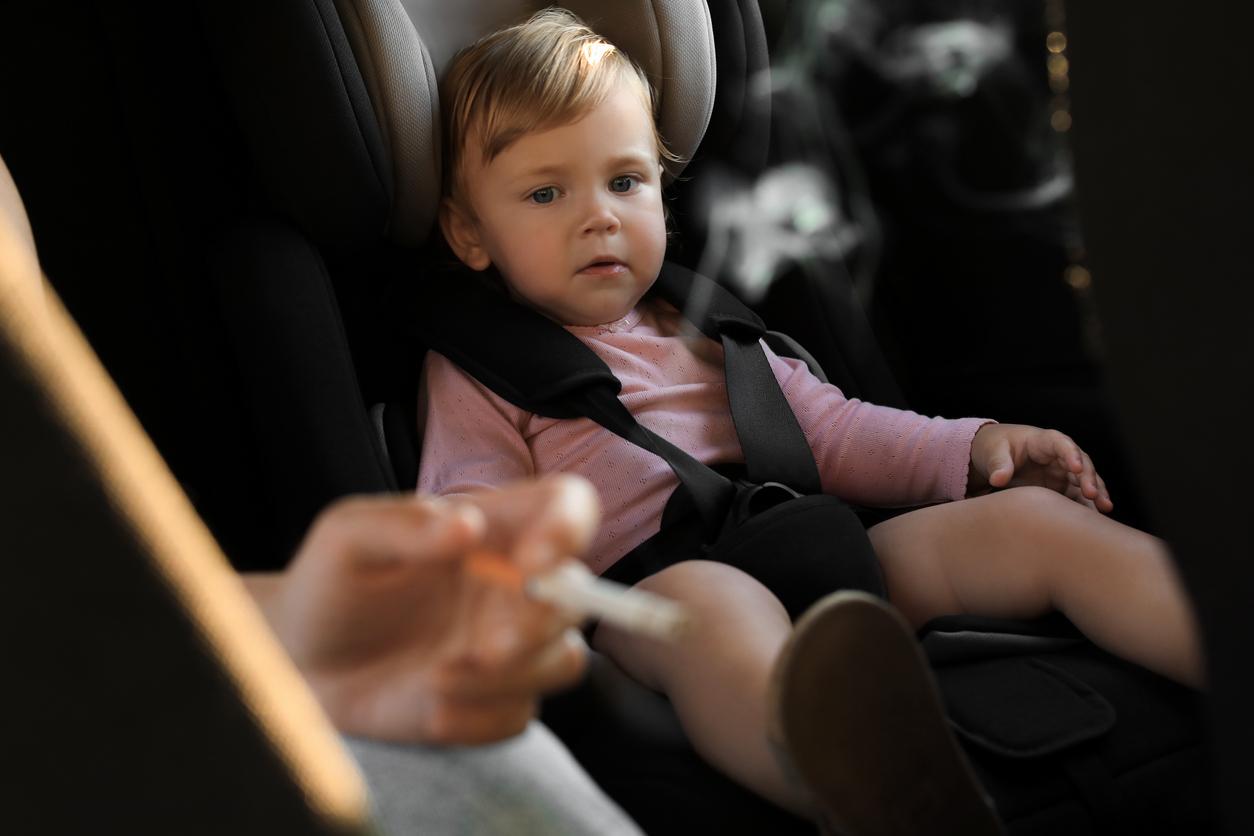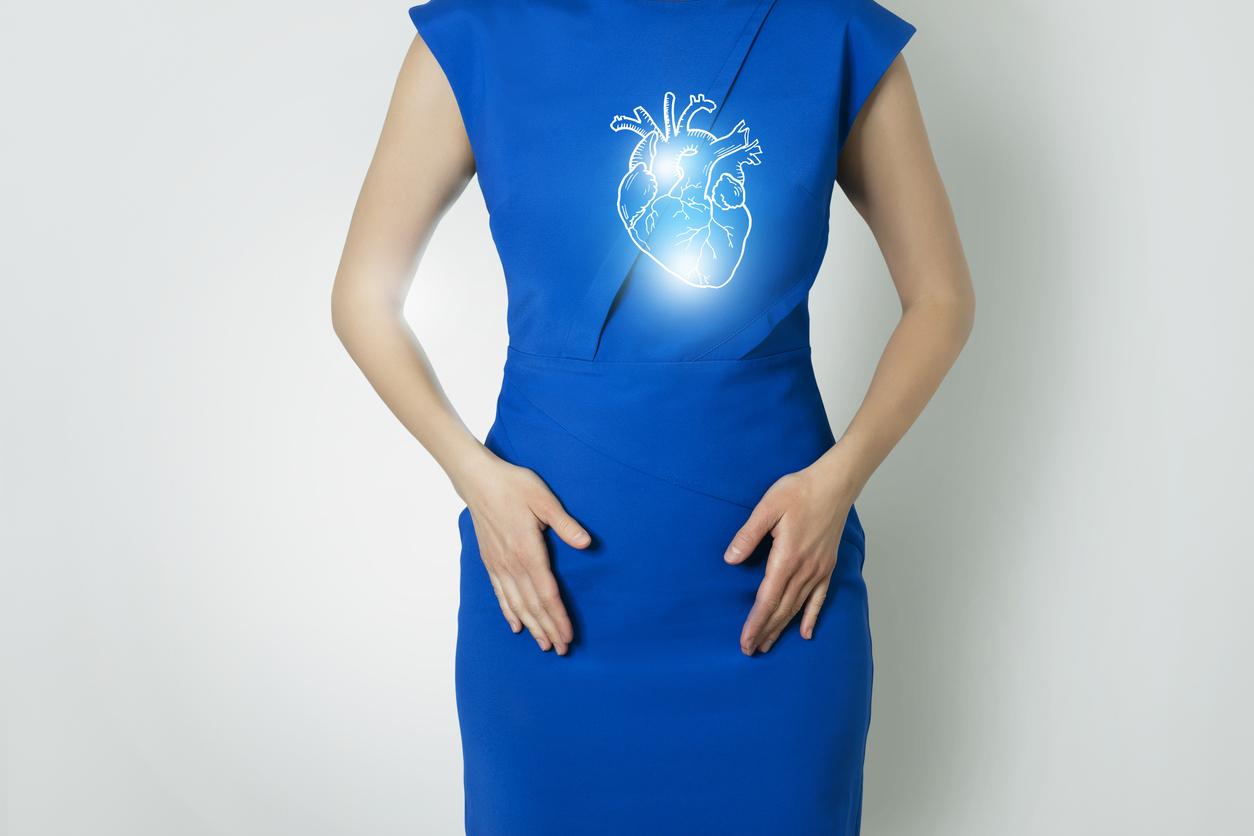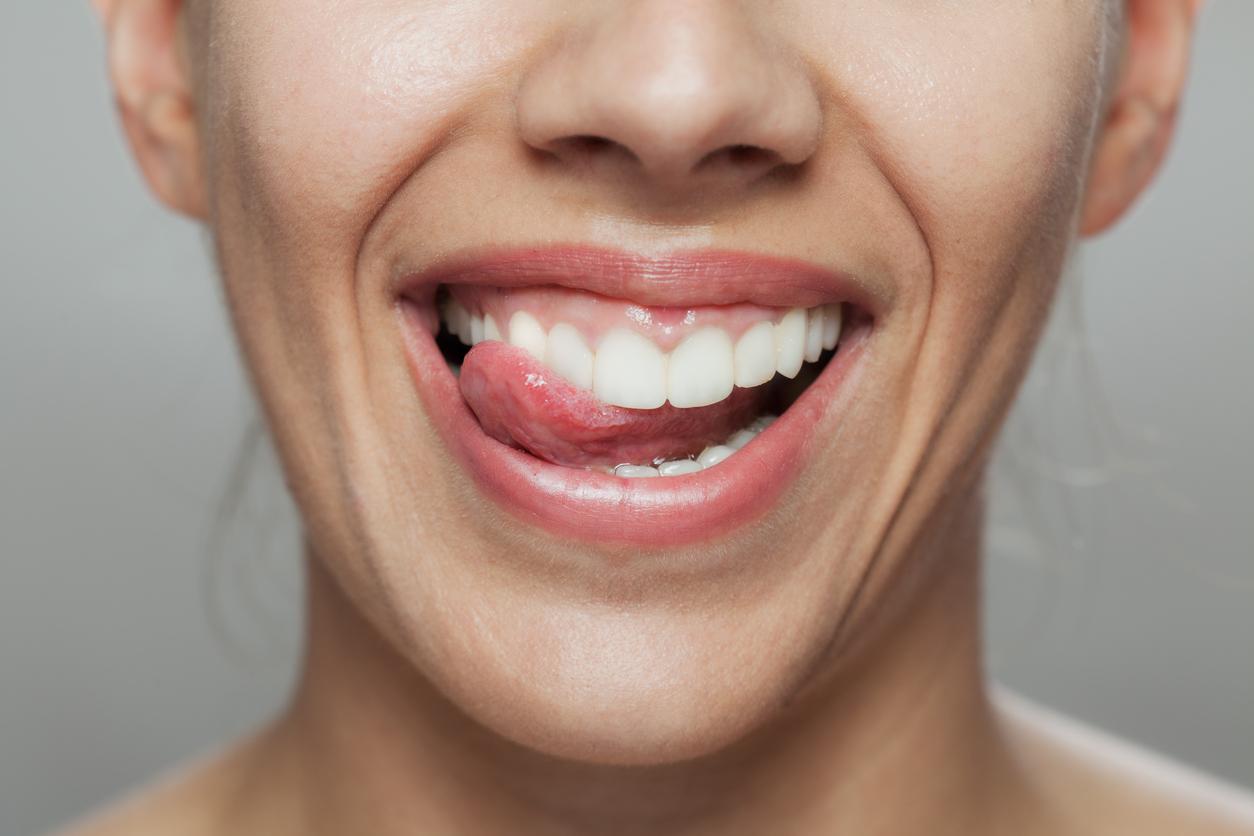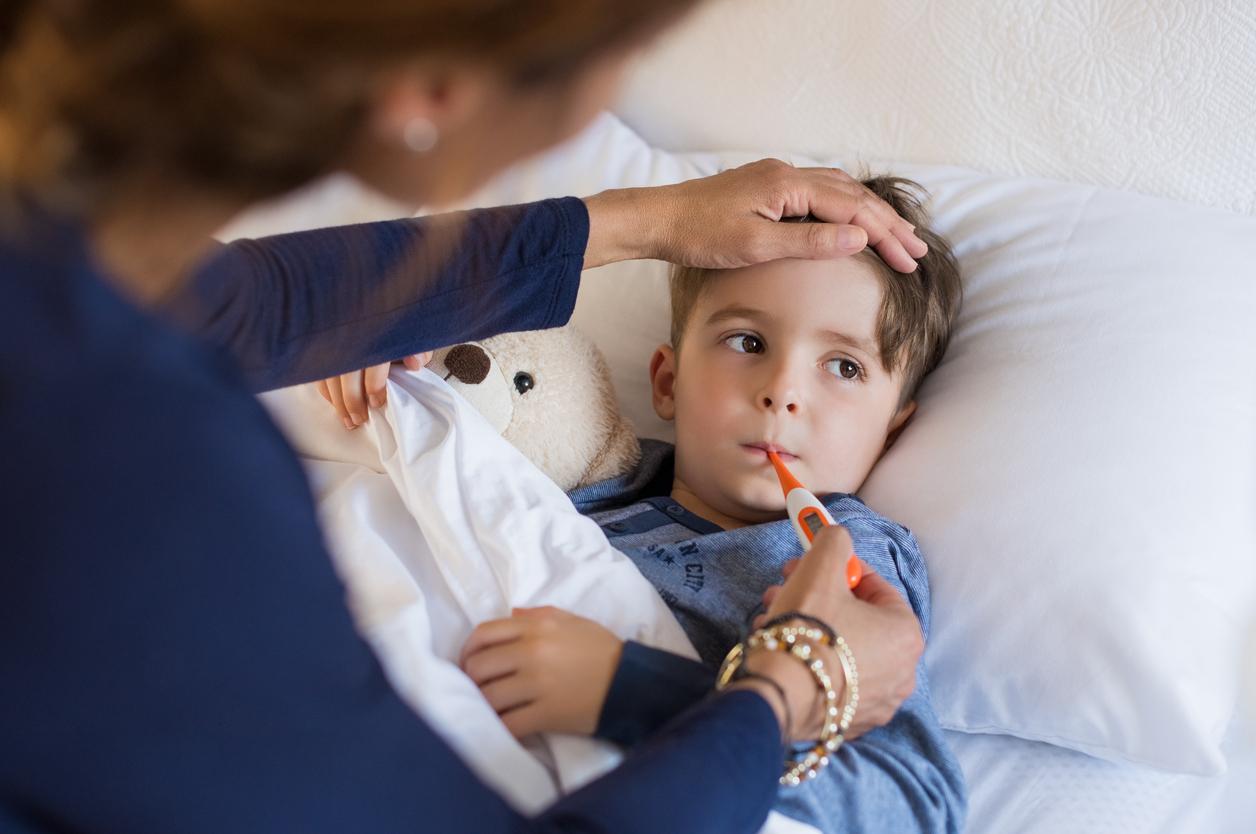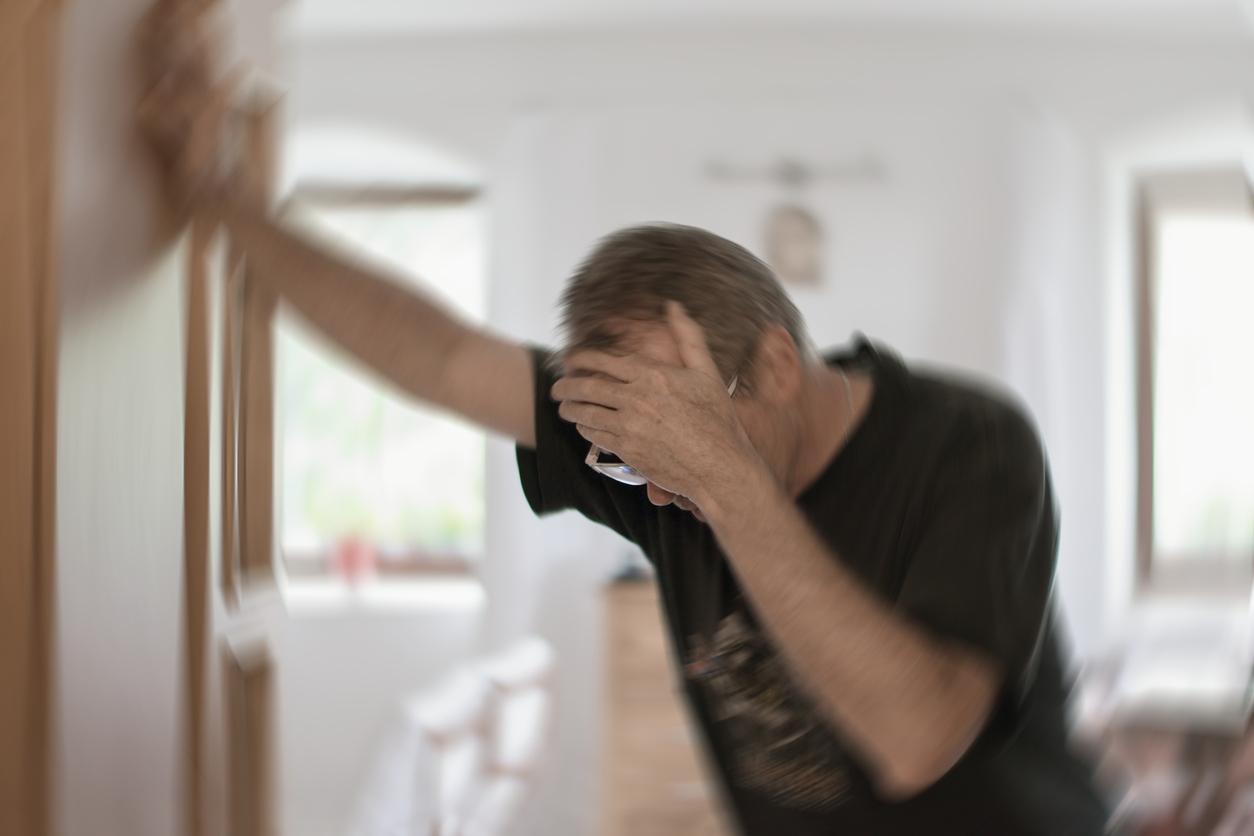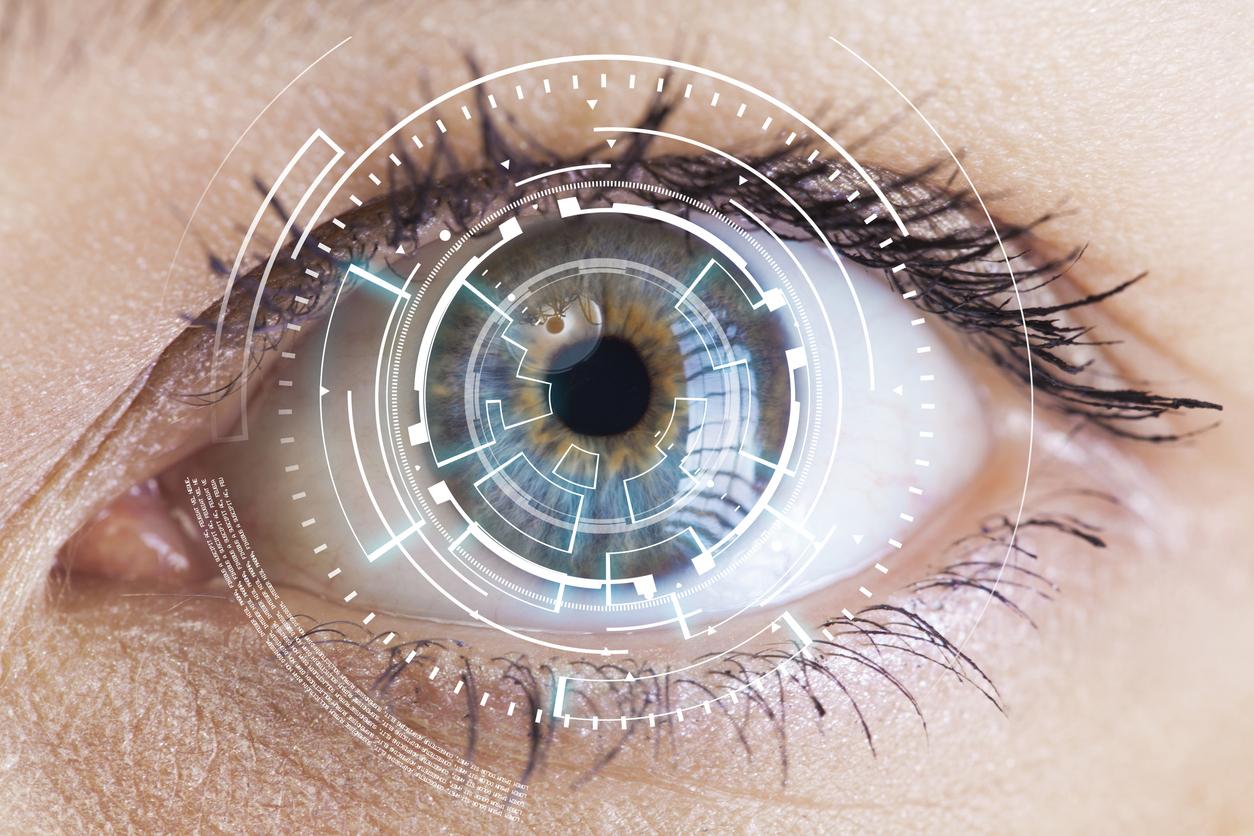Each year, nearly 1,000 children suffer a stroke and 70% of them have physical or mental consequences. This is why it is important to act quickly as soon as the first symptoms appear.
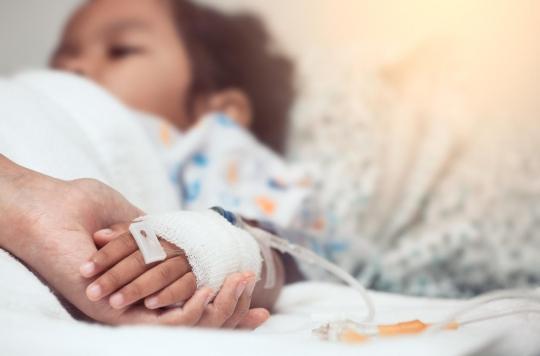
In the event of a stroke, every second counts as the patient loses thousands of nerve cells in their brain. This can leave intellectual consequences, but also physical ones. Stroke is the leading cause of acquired disability in adults. This is also the case for children, from infants to adolescents. Each year, 1,000 children suffer from strokes. On the occasion of World Disease Day, the Secretary of State for Child Protection, Adrien Taquet, wanted to recall the vital urgency it represents.
???? Today is World Day of#stroke
?? Did you know ? Nearly 1,000 children are victims of it every year.
?? The symptoms are identical to those of adults.? Even in case of doubt, immediately call SAMU 15
????Read the press release https://t.co/uHSGdDWCkD pic.twitter.com/SQe9IDGJrD
– Ministry of Solidarity and Health (@MinSoliSante) October 29, 2019
Most strokes occur in healthy children. Symptoms of the disease can be the same as for adults: deformation of the mouth, speech disorders, seizures, weakness of one part of the body.
Sequelae in 70% of children
As with adults, you have to react very quickly if symptoms appear. Nearly 70% of child stroke victims have sequelae. They can be physical and intellectual. The child may subsequently experience psychomotor delays or have academic difficulties, according to the Stroke Research Foundation.
Therapeutic care progresses
Fortunately, research has made it possible to make progress in the therapeutic management of patients. There are two types of treatment: thrombolysis, which involves injecting a drug to dissolve the clot, and thrombectomy, which involves inserting a probe into the femoral artery and moving it up to the blocked cerebral artery to remove the clot.
Go even faster
In a few years, it may even be possible to act even faster after the onset of symptoms. Researchers from the Adolphe de Rothschild Foundation in Paris have set up a bank of blood clots to analyze them. The aim is that later on, a simple blood test can determine what type of blood clot is blocking an artery in the brain, in order to provide the best possible treatment.

.








